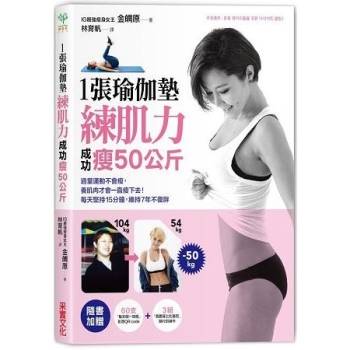Despite reliance on ingredients like horse dung, Old English remedies for women’s medicine speak to contemporary reproductive concerns. Previous translators reduced the remedies to a general category of women’s medicine, but sustained examination of language reveals important distinctions: remedies for menstruation indicate social concerns about fertility, where remedies for ’cleansing’ do not provide a clear path to conception, but rather foreclose it. Rarest of all are the remedies for childbirth, but their rarity is compounded by the practices of translators who conflate the language for women’s reproduction into an amorphous singularity. Through an original method of hysteric philology--the combining of traditional philology with contemporary feminist and medical epistemologies--this book situates itself in the historical treatment of reproductive people as both objects and subjects of medical practice, and gestures forward in time to the contemporary struggle for bodily autonomy.
| FindBook |
有 1 項符合
Conceiving Bodies: Reproduction in Early Medieval English Medicine的圖書 |
 |
Conceiving Bodies: Reproduction in Early Medieval English Medicine 作者:Oswald 出版社:Manchester University Press 出版日期:2024-05-28 語言:英文 規格:精裝 / 232頁 / 普通級/ 初版 |
| 圖書館借閱 |
| 國家圖書館 | 全國圖書書目資訊網 | 國立公共資訊圖書館 | 電子書服務平台 | MetaCat 跨館整合查詢 |
| 臺北市立圖書館 | 新北市立圖書館 | 基隆市公共圖書館 | 桃園市立圖書館 | 新竹縣公共圖書館 |
| 苗栗縣立圖書館 | 臺中市立圖書館 | 彰化縣公共圖書館 | 南投縣文化局 | 雲林縣公共圖書館 |
| 嘉義縣圖書館 | 臺南市立圖書館 | 高雄市立圖書館 | 屏東縣公共圖書館 | 宜蘭縣公共圖書館 |
| 花蓮縣文化局 | 臺東縣文化處 |
|
|
圖書介紹 - 資料來源:博客來 評分:
圖書名稱:Conceiving Bodies: Reproduction in Early Medieval English Medicine
|











